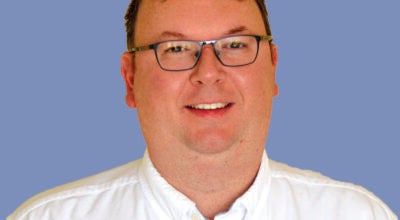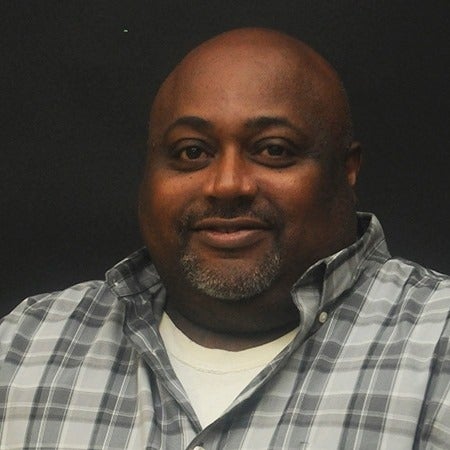We need to expand healthcare to rural Alabamians and new technology shows the way
Published 10:03 am Tuesday, October 6, 2020
|
Getting your Trinity Audio player ready...
|
If there is one single concern unifying Americans, it’s our health. This is especially true during a pandemic, but it transcends our current situation. At some point in our lives, every one of us will need support from the medical community in one form or another. Most of us will rely on that support at multiple points throughout our lives. But the reality is that, especially in the Black Belt region that I am proud to call home, many of our neighbors do not have access to the medical care that they need.
As the head of an organization whose mission is to provide comprehensive healthcare services to rural Alabamians, I see firsthand that the health of rural residents suffers because of where they live. The data confirm what I see every day. Mortality rates are higher in rural regions of the country.
The causes for the gap in quality healthcare for rural residents are complex, and they are the subject of substantial academic research. While others work to figure out the “why” behind rural disparities, some of us know we can’t wait for the perfect solution. We know action is needed and that something should be done now.
“Something should be done now” is oft-repeated when policymakers think about how to tackle rural health disparities. In my experience, what works best is to start small and build from there. For instance, to help improve access to primary care, we built one clinic in an underserved community, then another and another. Later, we added mobile clinics to reach people in even more remote places. We have not solved the problem of access to primary care in the Black Belt, but we have made real progress.
Today, my attention is on another health concern where progress is desperately needed for our rural communities – cancer. This disease is still the second leading cause of death in Alabama – over 10,000 fellow Alabamians lost their lives to cancer in 2018, which was the fifth highest cancer death rate of any state. Fortunately, we know a lot about how to change this statistic. For example, catching cancer early – before it spreads to other parts of the body – is key. Indeed, the five-year survival rates when you find cancer early are quite high – almost 90 percent. When cancers remain undetected and are spread throughout the body, the same survival rate drops to 21 percent.
In the spirit of “doing something,” we must continue our efforts and think creatively to ensure rural residents get the cancer screenings that are available – mobile mammography units are a great example of this work in action.
The trouble is, current screenings are only available for just five cancers. So, while we work together to improve the numbers for existing screenings, there is much more to do. Seventy-one percent of all cancer deaths result from a cancer type that currently lacks an early detection test. Put another way, even if our family, friends and neighbors in the Black Belt get all the current screenings they should, they, like all Americans, will also have to contend with a deep roster of unscreened cancers.
Thankfully, this appears to be changing due to progress on the technological front. As I write, companies are conducting large studies on a new kind of cancer screening called multi-cancer early detection. One of these tests has been shown to detect more than 50 kinds of cancer with a single blood draw. For the men and women in rural communities across America, this would be a game changer. Because blood draws are minimally resource intensive and can be performed without special equipment, this new type of screening could be implemented easily in a primary care setting.
Just as we needed help from our policymakers to make progress on primary care services, so, too, do we need their support overcoming unique coverage barriers and ensuring access to multi-cancer early detection when it gets approved by the Food and Drug Administration. Making these new technologies broadly available in areas like the Black Belt would dramatically improve our hopes of finding cancers early and treating them more effectively.
My family has its roots in the rural regions of Alabama going back generations. I care about the health of these citizens like I do the well-being of my own family. We’ve made big strides in bridging the rural-urban health gap, but our work is not done. Let’s take further strides to close this gap, and take on cancer, too.
Keshee Dozier-Smith is the CEO of the Rural Health Medical Program, an organization devoted to increasing access to quality, affordable health care for patients in the Black Belt counties.



